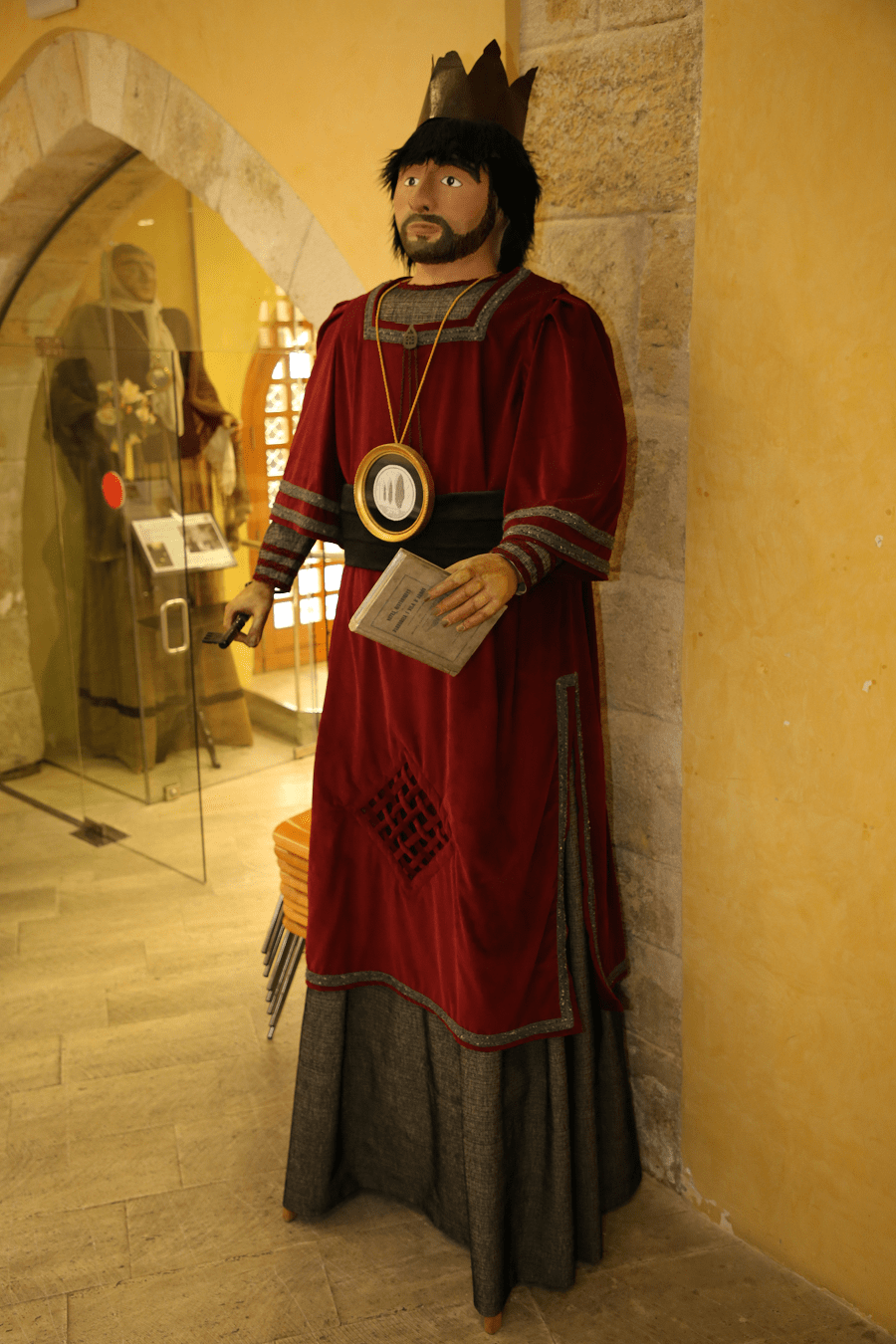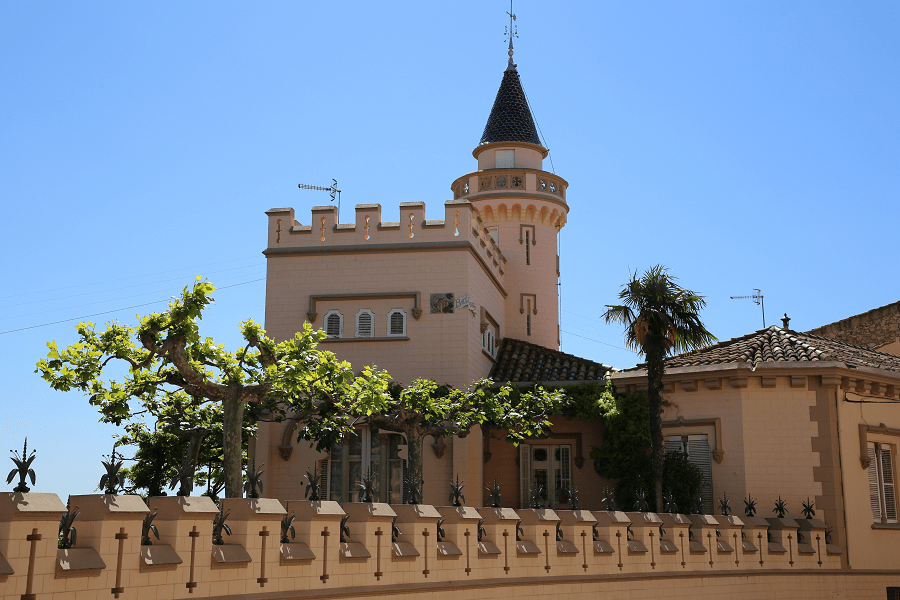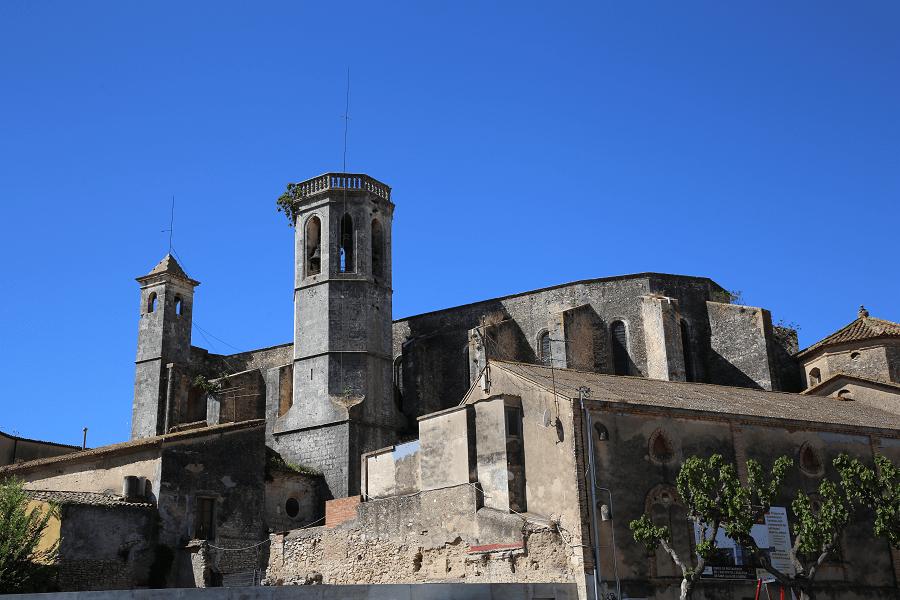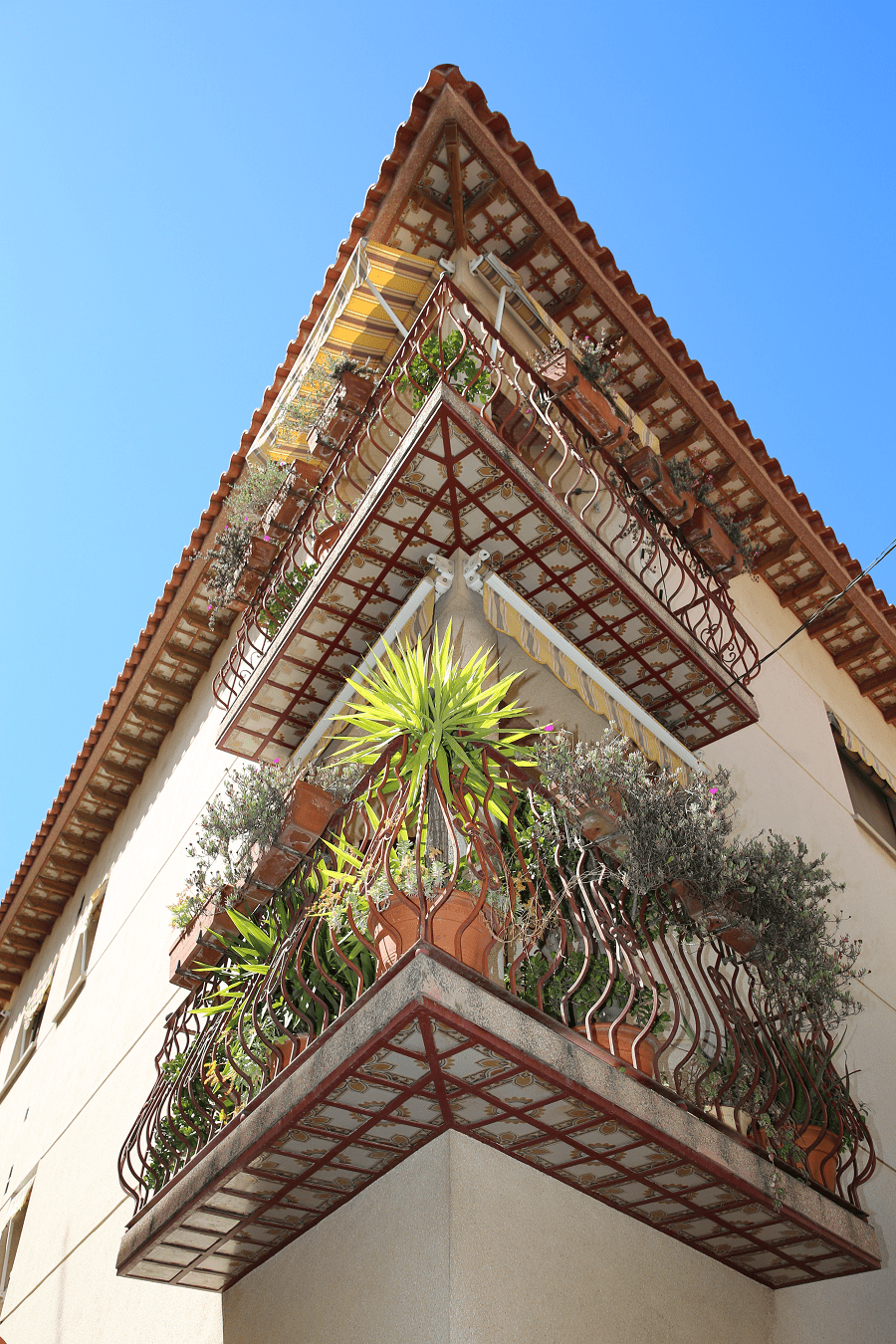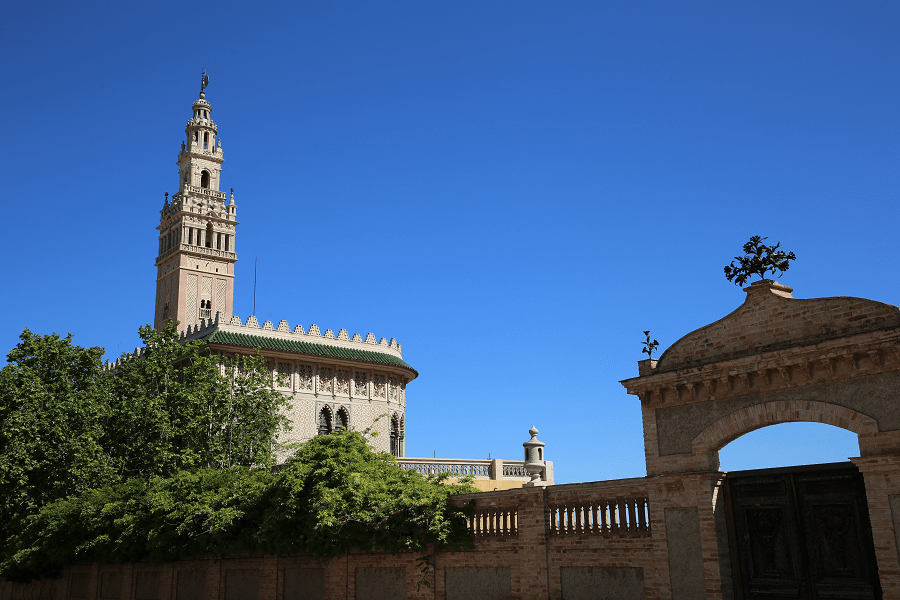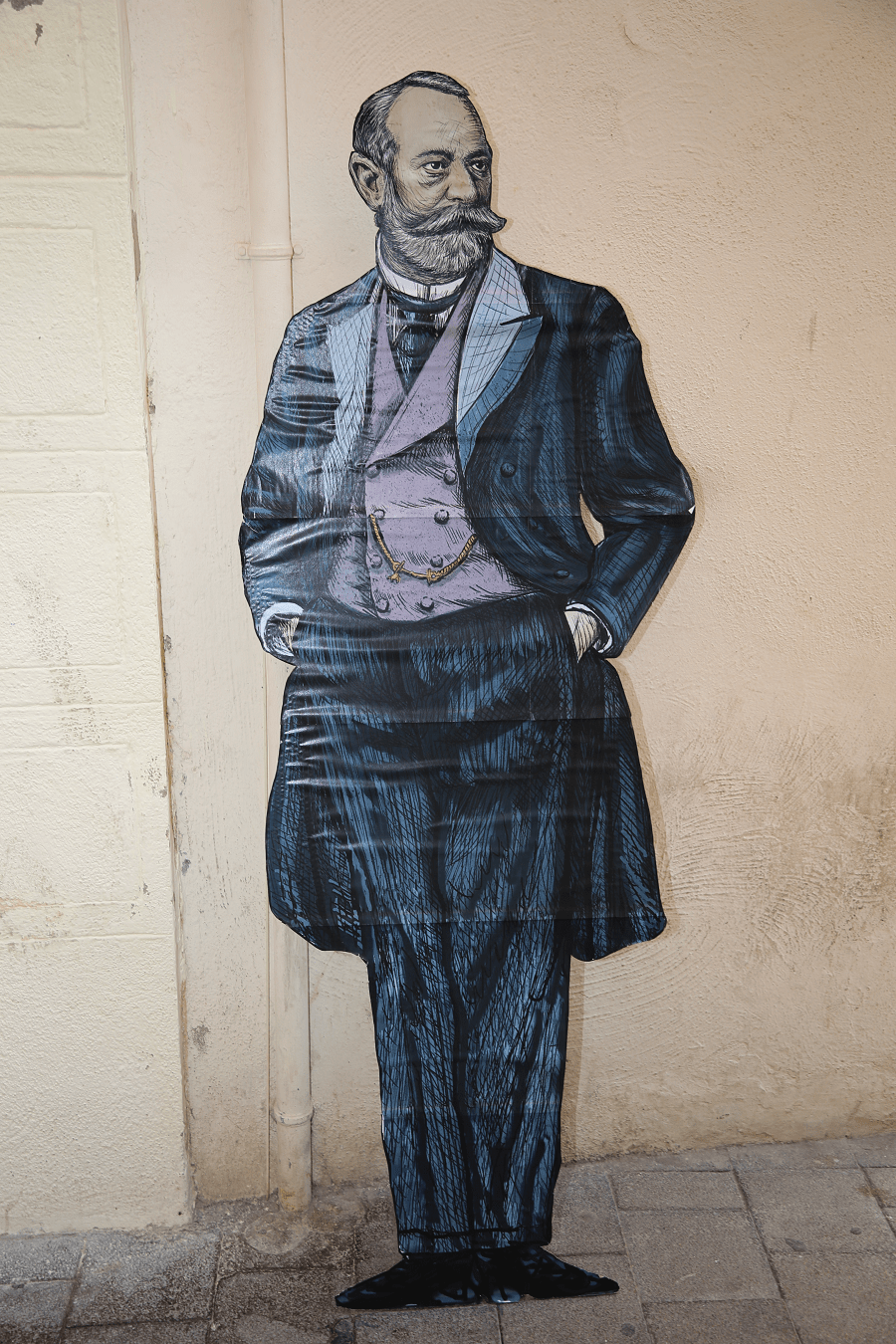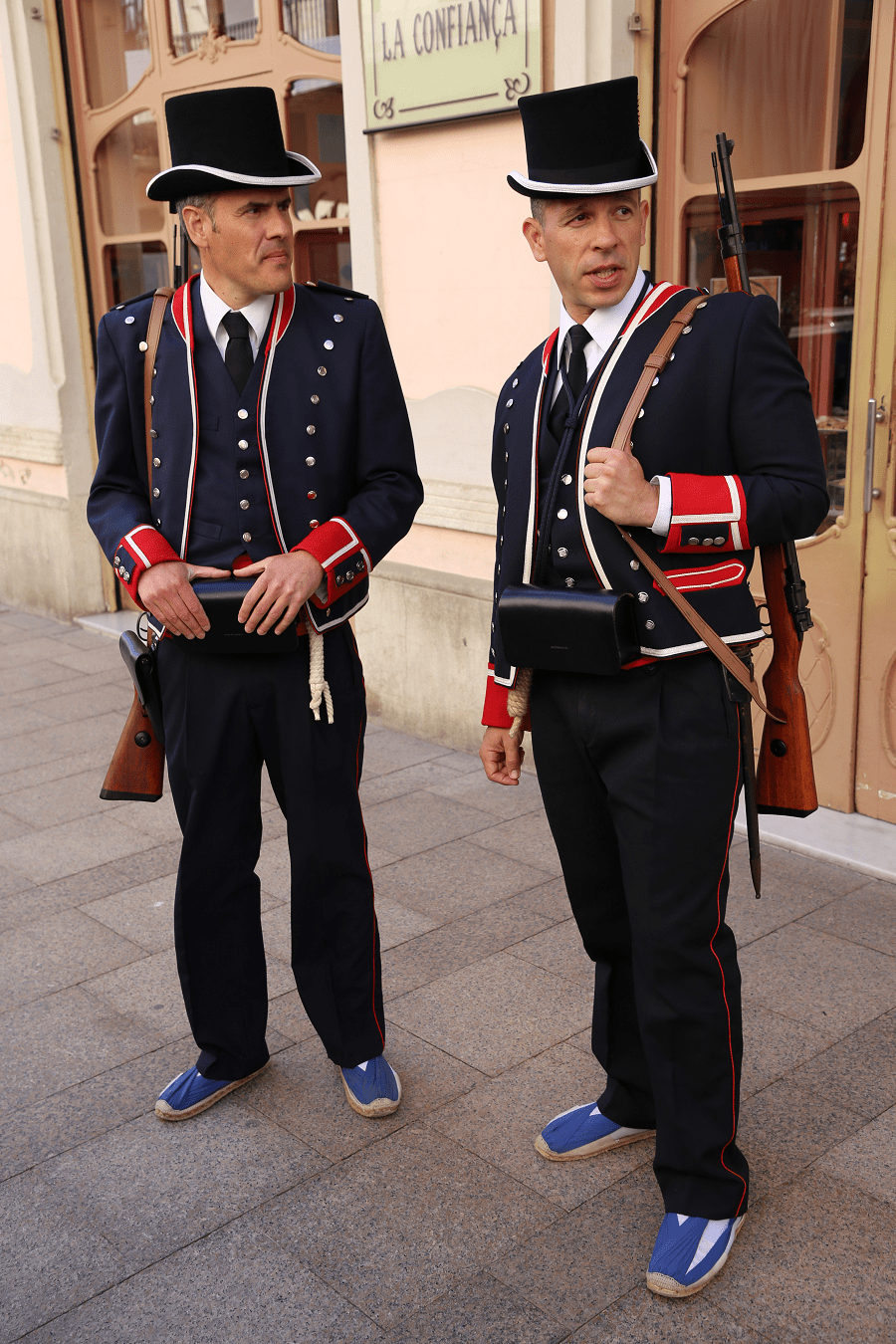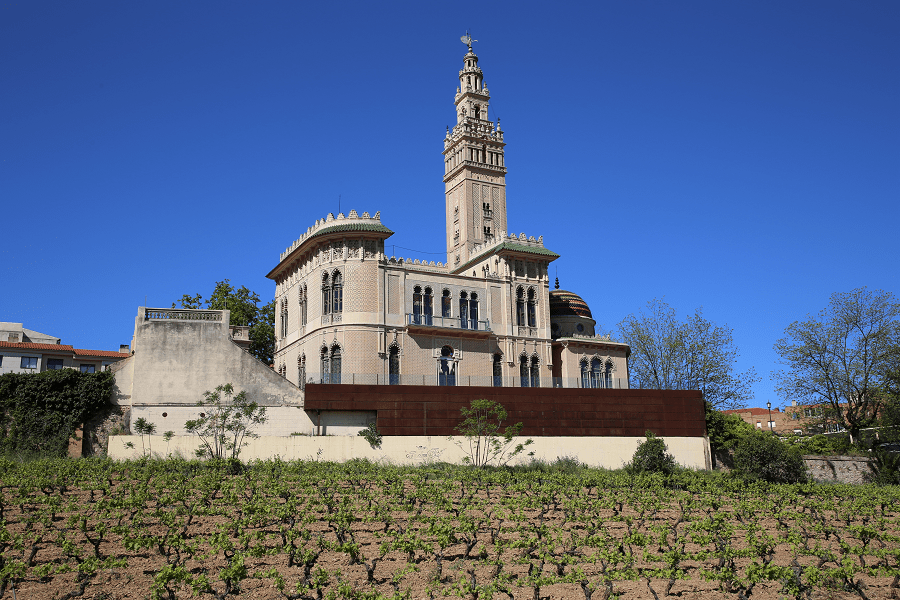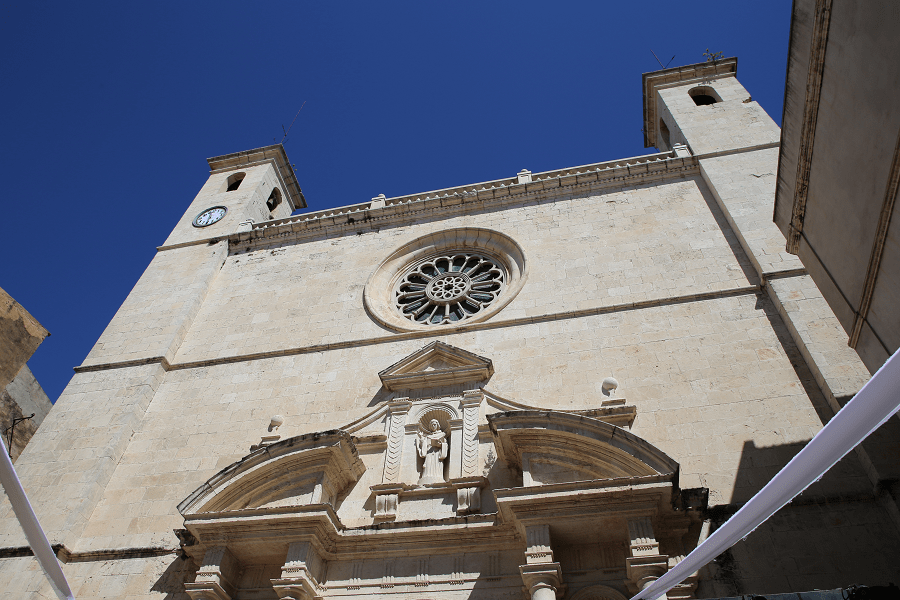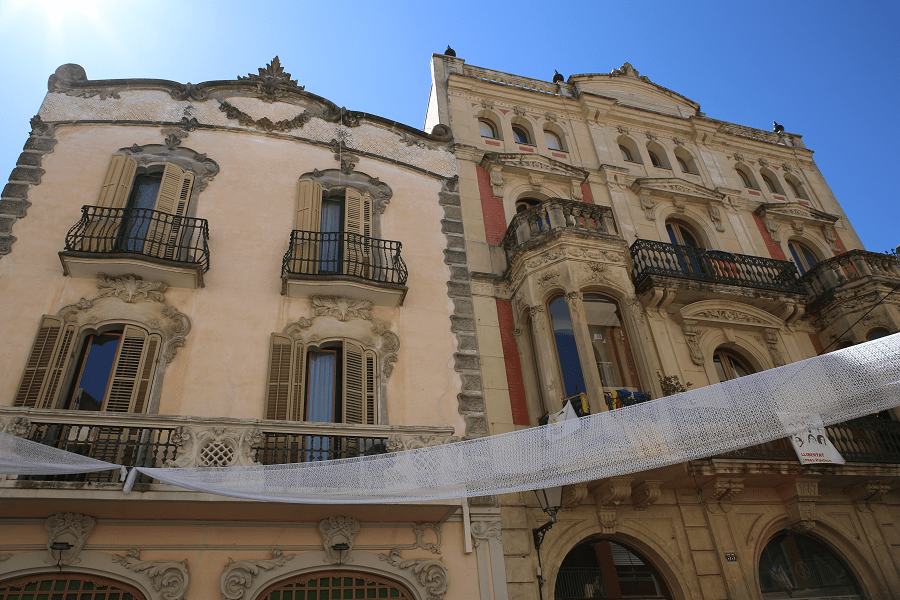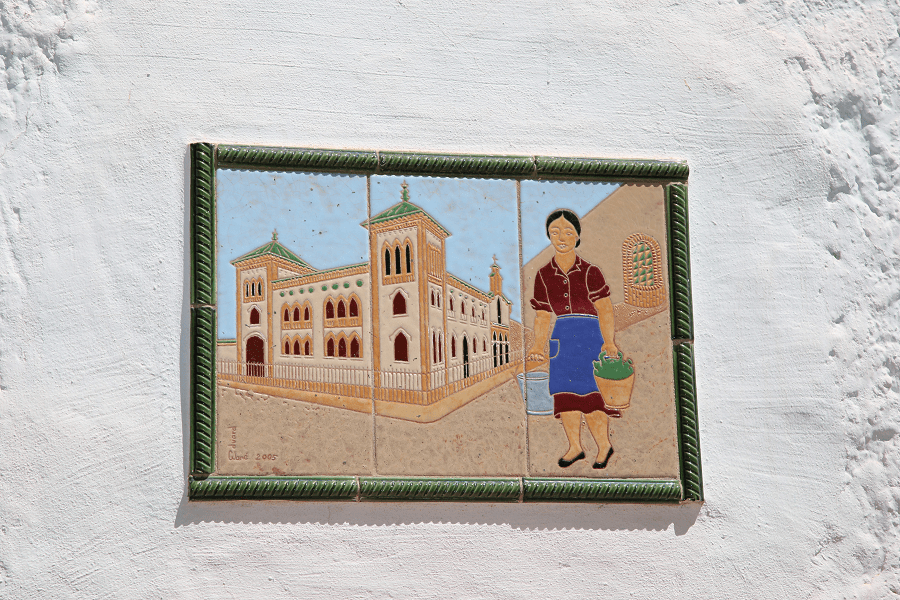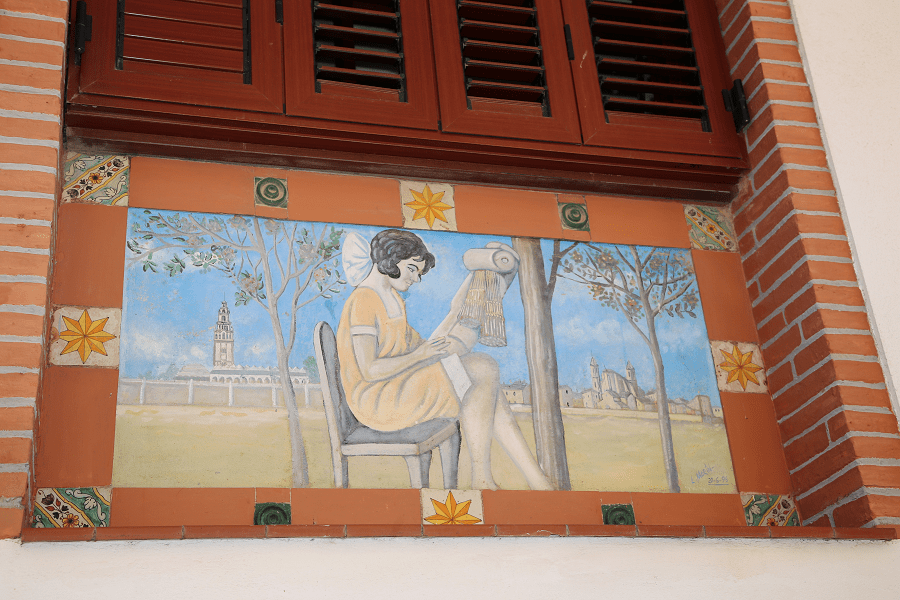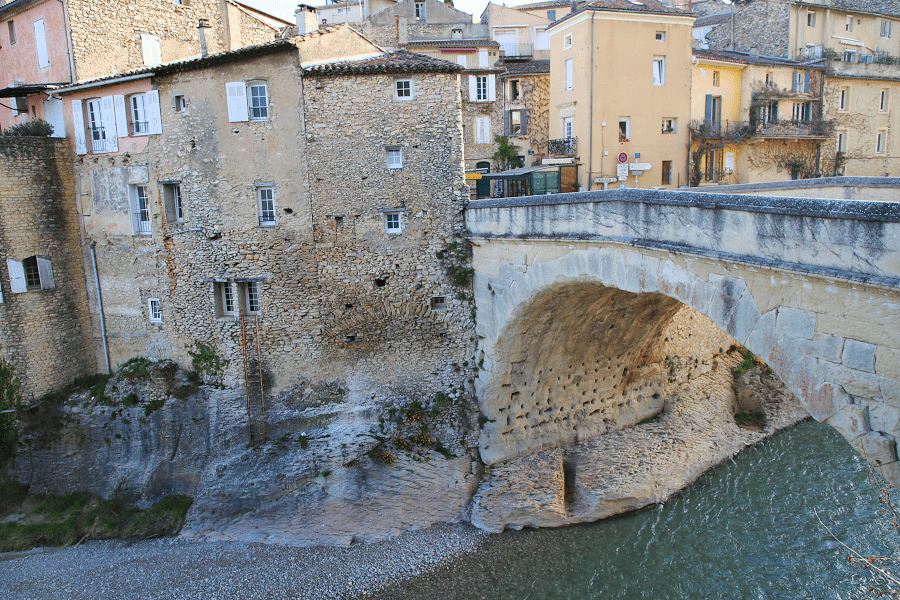Arboç (cat. L’Arboç) is a city and municipality in Spain located in Catalonia, the eastern part of the region, surrounded by the territories of Castellet and Gornal (Alt Penedès), except for the west where it borders with Banyeres del Penedès and, in a small sector, with Sant Jaume dels Domenys. The exclave of Can Vies (0.3 km ²) is separated by about 1,300 m from the main sector. The exclave is between Castellet i la Gornal, Castellví de la Marcai Santa Margarida and Monjos, in the Alt Penedès and in the province of Barcelona.
The traditional crops are the vineyard and olives, nowadays in sharp decline.
History
It is believed that Arboç was born from a Roman town called Stabulo Novo, located next to the Via Augusta. There are references to Arboç in 991, speaking of the church of Sant Julià, and in 1064 where in a document the word Arbucio appears, which means Arboç in Latin. The history of Arboç is marked by its status as a royal city (not subject to feudal lord), which enjoyed its own concessions and privileges like the Tuesday’s market which dates from the year 1200, the Santa Llúcia Fair from 1230, in addition to having a public notary and a Jewish call, located in the street of the Platería.
But making a leap in time, the historical footprint that has most struck the collective history of this population was the participation of the villagers in the Peninsular War in 1808, with their heroic resistance against the Napoleonic troops, commanded by General Chabran.
Traditions and culture
The folkloric tradition of Arboç is rich and varied.
The Ball de diables (cat. devils dance) with its famous carretillada, Ball de bastons (cat. stick dance), the Gegants (cat. giants figures) and Nans (cat. dwarfs figures) and the Badalot dragon are the expressions of the associative drive of Arboç, to which the Arboç Artistic Choir must be added, as well as, Coral Ressò, Esbart Sant Julià, Barça fan club, a cyclist club and a football club, among others. All of this makes Arboç a culturally rich town, friendly to the visitor and always keen to keep its own identity.
In 2017, the Government of the Generalitat of Catalonia awarded Creu de Sant Jordi to the Arboç Artistic Choir for its more than centennial history dedicated to the promotion of theater.
In Arboç there are traditional bobbin laces (Arboç – the land of good wine and bobbin lace), which together with those of Arenys de Mar are the most well known in the country. The town even has a museum dedicated to bobbin lace, the Museu de Puntes al Coixí de l’Arboç.
At the moment, a good number of fairs and festivals are celebrated, in Arboç, including: the Sant Julià Festival celebrated on January 9, the Festa Major held on the fourth Sunday of August, the Modernist Fair, the fair of Santa Llúcia, the Beer Festival, the Enramada fair …
The Festa Major of Arboç is one of the most typical in Catalonia. It is celebrated on the fourth Sunday of August, as the popular saying goes: El quart diumenge d’agost, és Festa major a l’Arboç (cat. the fourth Sunday of August is the Festa Major of Arboç).
It hosts a great variety of events from the performance of folklore of the town, such as the group of devils, bastoners, giants, beasts or the castellera group called Minyons de l’Arboç, up to concerts of popular music groups. But, the most awaited moment for the majority of citizens of Abroç is the traditional Carretillada, when the main street, at night, welcomes the dance of devils.
The Festa Major of 2008 recovered the “Ballet de Pastorets i Pastoretes” which was not performed since 1947.
In 2009, Festa Major of Arboç was declared a patrimonial festival of national interest by Generalitat de Catalunya.
On May 4th and 5th, Arboç holds one of the most important fairs in Catalonia – The Modernist Fair of the Penedès.
Tourism, architecture and places of interest
The parochial church was built between 1631 and 1647 replacing an earlier temple, of Romanesque period. It has a single nave with a polygonal apse and side chapels located between the buttresses. The vault is cross ribbed, of gothic style. The bell tower, built before the church between 1622-1627, retains the Romanesque basement and an inner chapel covered with a barrel vault. The facade is flanked by two square turrets. It has a large rosette and a baroque portal below. The door is framed by two pairs of columns that hold a divided entablature, with a semicircular pediment.
In the center there is a niche with a modern image of the saint. In the interior there is the Dolors chapel, which corresponds to the apse of the old church, from the 13th century. It preserves remains of French-Gothic murals of the early 14th century, painted with the fresco technique, called the Tree of Life or El Lignum vitae de l’Arboç. In 1936 it was burned and the valuable baroque altarpieces that it contained were destroyed. The reconstruction of the temple was carried out by the architect Pere Cendoya. The main altar was replaced by a canopy with an image of Sant Julià, by Frederic Marès.
La Giralda. Two steps away from the monument of the Abbot of Montserrat Aureli M. Escarré, known citizen of the town, rises the slender silhouette of La Giralda, a neo-moorish, historicist style fantasy. It was built at the beginning of the 20th century with the will to reproduce, on a smaller scale and within one building, the Giralda of Seville, the Patio de los Leones of the Alhambra in Granada and the Hall of the Ambassadors of the “Reales Alcázares” in Seville. The creator of this work was Joan Roquer Marí from Arboç, and the complex was built without an architect by a great master from Arboç, Feliu. The construction works were completed in 1908. La Giralda served as a summer residence for the Roquer-Negrevernís couple until the outbreak of the Civil War.
In the course of the attack, the building was confiscated and served as a general headquarters for Republican aviation during the Battle of the Ebro. Later the building was sold and passed through several owners while inexorably deteriorating. In 1981, La Giralda of Arboç was acquired by Mr. Manuel Camino, who is its current owner. He bought a very deteriorated building with important structural problems resulting from the rich subsoil with expansive clays, that is present on the hill of Arboç. The rehabilitation works were completed in 2008 and La Giralda was re-inaugurated at a ceremony attended by the President of the Generalitat, José Montilla. Since 2008, La Giralda has been welcoming tours and can be rented for events.
The Carrer Major and Vila square reunite the rectory, the town house, the ancestral home of Abbot Escarré and the modernist facades with the porticoed houses of the square. This series of buildings make up an attractive set capable of astonish any visitor. It is also worth to make an interesting stop at the Archive of Arboç, a valuable graphic and documentary compendium of everything that refers to Arboç.
Palau Gener i Batet. This emblematic building was built in 1873 as the residence of Joseph Gener i Batet. Born in Arboç in 1831, at the age of 13, as many young people of that time, Gener i Batet took off to make a fortune in Cuba. He settled down in the town of Pinar del Rio and from there he went on to work as a tobacco salesman in a store in Havana. Soon, he was able to buy a small tobacco plantation called “Hoyo de Monterrey” and in 1865 created the famous “La Escepción” brand in a factory of 400 workers. He also commercialized the Cuban tobacco brand Gener, still known today, and introduced sugar trade into his business. Josep Gener Batet was a great industrialist and merchant who made a great fortune (the third fortune, of the country, at the time). In 1873, he returned to the land where he was born and built his residence on top of the old house of his maternal grandparents. Palau Gener i Batet was built in two phases. The most spectacular part, the façade of the great towers, was finished in 1889. The brand of Cuban cigars “La Escepción de José Gener” is currently the most expensive in the world. A single cigar of this brand is priced at over 500 euros.
The Hospital of Sant Antoni Abat is a building considered the cathedral of Arboç’ Modernism. It was erected to replace the old medieval hospital, under the direction of the architects Eugeni Campllonch and Emili Cabanyes. The works were sponsored, according to the marble plaque found inside, by Pablo Torres Picornell and Lutgarda Gener Seycher in memory of her parents, the great benefactors of the town of Arboç Josep Gener Batet and Francisca Seycher de León. In the modernist style of the Sant Antoni Hospital, all the windows in the complex are framed with ornamentation of exposed brick. Glazed ceramics, wrought iron and wood work constitute important decorative elements throughout the construction. The interior courtyard houses magnificent examples of glazed ceramics. Exposed brickwork arches and the typical Catalan vault decorate not only the interior courtyard but many of the rooms in the building.
Two square towers crown the side facade. The floor plan is a rectangle of 25 x 30 meters, with a central courtyard or cloister of 7 x 14 meters, consisting of two floors with columns and arches, built with exposed brick, and finished with an eave of ceramic elements that form a harmonious set. The building has a ground and first floor that is crowned by two large square towers, one at each end of the west facade. These towers are covered with four sides sloping roof, finished with elements of glazed ceramics. The entrance to the complex is on Calle del Hospital, on the south side of the facade. The entire building and its outdoor patio or garden is surrounded by a fence with great wrought iron work. Although the Hospital was inaugurated on March 29, 1911 and the chapel was devoted on May 14 of that same year, many of the finishing works continued until 1913. The total cost of the construction reached 145,592.27 pesetas.
Museum of Puntes al Coixí (Bobbin Lace Museum). The craft of bobbin lace has been one of the most renowned industries in the city, thanks to the fineness and delicacy of its stitch, the originality of its ornamental motifs and the techniques developed as a result of generations of practice of this manual art. Not in vain, the “Punta Arbocenca” has been declared a Singular Craft of Catalonia. The museum exhibits more than 500 pieces and offers the possibility to participate in a guided tour. It also has a gift store in a shared space with the Tourism Office of Arboç.
Monument a la Puntaire Arboç (bobbin lace maker monument) located on the roundabout at the entrance to the village, work of a local painter and sculptor Joan Tuset Suau.
Shopping
Shopping in Arboç is not a priority on the tourist program. Only on weekends city bazaars and fairs, which traditionally take place on weekends or on some public holidays in the main square, can be of tourist interest. At the fairs, in particular, you can come across exclusive products grown in the region. Among them are some well-known wine and cheese brands in Spain.
Cuisine, food and restaurants
There are more than 5 restaurants of a fairly high quality in the city. Prices are cheaper than in Barcelona, Tarragona and Lleida. Mostly located within the borders of the Old Town.
How to get to?
From Barcelona 1 hr (69.7 km) via C-32
From Madrid 5 hr 45 min (558 km) via AP-2 and A-2
From Vilanova i la Geltrú 27 min (18.2 km) via BV-2115
From Andorra 2 h 32 min (199 km) via C-14
Main information
Area: 14.2 sq. km
Coordinates: 41°16′8″N 1°36′16″E
Population: 5510
Languages: Spanish, Catalan
Currency: euro
Visa: Schengen
Time: Central European UTC +1





